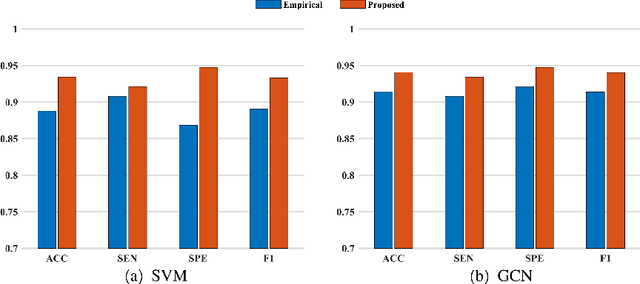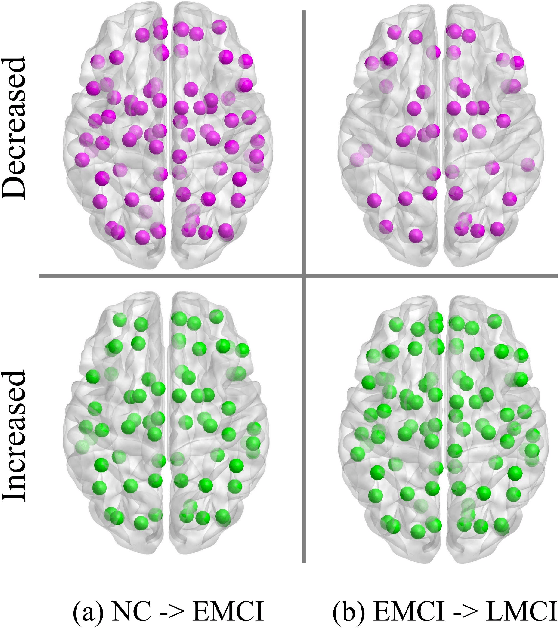Yanfei Zhu
Evaluating Moral Beliefs across LLMs through a Pluralistic Framework
Nov 06, 2024Abstract:Proper moral beliefs are fundamental for language models, yet assessing these beliefs poses a significant challenge. This study introduces a novel three-module framework to evaluate the moral beliefs of four prominent large language models. Initially, we constructed a dataset containing 472 moral choice scenarios in Chinese, derived from moral words. The decision-making process of the models in these scenarios reveals their moral principle preferences. By ranking these moral choices, we discern the varying moral beliefs held by different language models. Additionally, through moral debates, we investigate the firmness of these models to their moral choices. Our findings indicate that English language models, namely ChatGPT and Gemini, closely mirror moral decisions of the sample of Chinese university students, demonstrating strong adherence to their choices and a preference for individualistic moral beliefs. In contrast, Chinese models such as Ernie and ChatGLM lean towards collectivist moral beliefs, exhibiting ambiguity in their moral choices and debates. This study also uncovers gender bias embedded within the moral beliefs of all examined language models. Our methodology offers an innovative means to assess moral beliefs in both artificial and human intelligence, facilitating a comparison of moral values across different cultures.
Fusing Structural and Functional Connectivities using Disentangled VAE for Detecting MCI
Jun 16, 2023



Abstract:Brain network analysis is a useful approach to studying human brain disorders because it can distinguish patients from healthy people by detecting abnormal connections. Due to the complementary information from multiple modal neuroimages, multimodal fusion technology has a lot of potential for improving prediction performance. However, effective fusion of multimodal medical images to achieve complementarity is still a challenging problem. In this paper, a novel hierarchical structural-functional connectivity fusing (HSCF) model is proposed to construct brain structural-functional connectivity matrices and predict abnormal brain connections based on functional magnetic resonance imaging (fMRI) and diffusion tensor imaging (DTI). Specifically, the prior knowledge is incorporated into the separators for disentangling each modality of information by the graph convolutional networks (GCN). And a disentangled cosine distance loss is devised to ensure the disentanglement's effectiveness. Moreover, the hierarchical representation fusion module is designed to effectively maximize the combination of relevant and effective features between modalities, which makes the generated structural-functional connectivity more robust and discriminative in the cognitive disease analysis. Results from a wide range of tests performed on the public Alzheimer's Disease Neuroimaging Initiative (ADNI) database show that the proposed model performs better than competing approaches in terms of classification evaluation. In general, the proposed HSCF model is a promising model for generating brain structural-functional connectivities and identifying abnormal brain connections as cognitive disease progresses.
 Add to Chrome
Add to Chrome Add to Firefox
Add to Firefox Add to Edge
Add to Edge